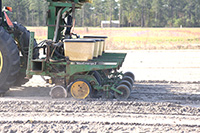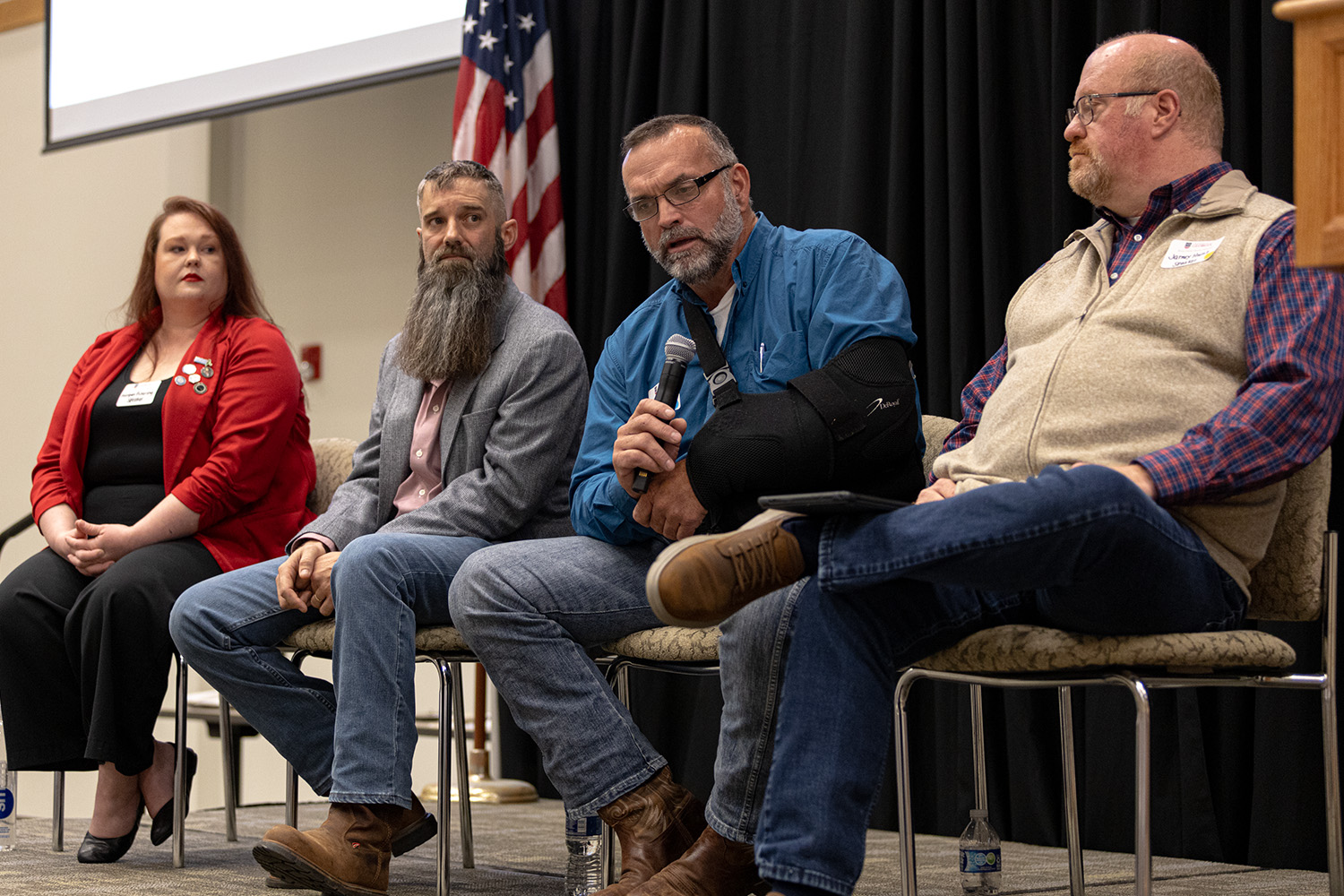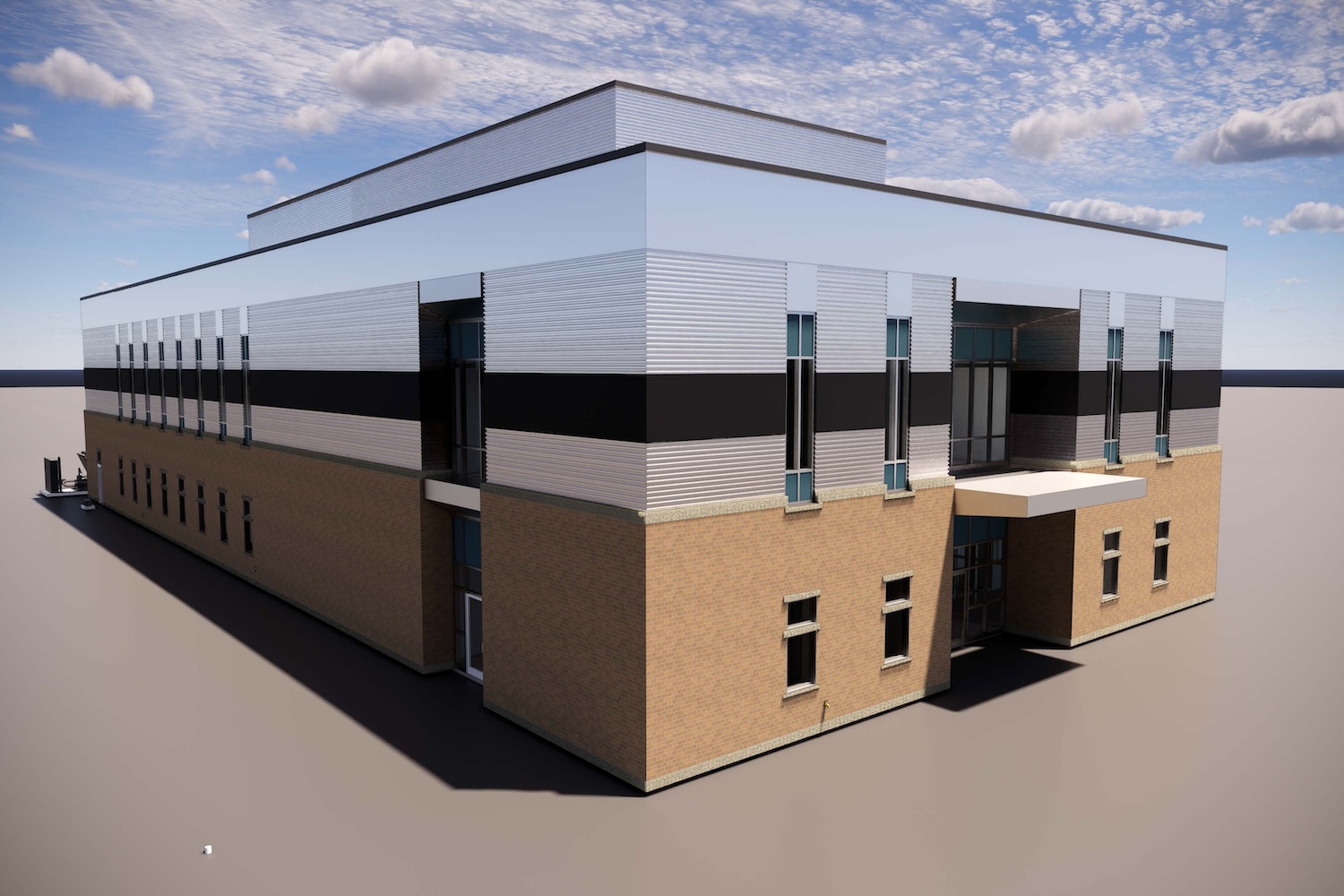Adjusting planting equipment from one field to the next can make the difference between a healthy crop stand and a poor stand, according to University of Georgia Cooperative Extension precision agriculture and irrigation specialist Wes Porter.
Porter believes Georgia growers who take the time to make necessary changes to their planter from field to field will benefit this planting season. Planter depth; planter downforce, the pressure applied to the row unit by a mechanism in front of the row unit; soil texture; and soil moisture are all components that factor in the planting operation and successful stand establishment.
Porter's goal for some of his research on the UGA Tifton campus is to show which of these factors has the highest influence on stand establishment.
“The planter is the most important piece of equipment we have on the farm when we’re trying to establish the crop. We need it to perform at its best,” Porter said.
Most producers set a depth and downforce for a crop and plant at those settings for the rest of the season, and farmers may not look at the other components on the planter. Porter says that farmers should adjust the planter to cater to different soil types, especially if fields have different soil moisture levels.
“Right now, I think there’s little to no adjustment that happens from field to field and environment to environment among most planters. With our research, we’re trying to show that it pays to spend a little time tweaking your planter setup when you move from field to field,” Porter said. “We’ve seen that the difference in one-half-inch depth change in cotton is the difference between having a really good stand and having little to no crop emerge.”
Porter is studying the effect of the relationship between downforce and stand establishment in different soil types. This information will help to develop a prescription map for downforce.
“Consider the relationship between soil type and downforce: If the soil is very dry and hard, it’s harder to create a furrow in the soil. You have to apply more downforce to the planter row units to keep it in the ground at the appropriate depth. If you’re in a wet, softer soil, the planter does not need as much downforce to maintain the appropriate depth,” he said.
If farmers make adjustments beforehand, they won’t spend extra time and money replanting the crop.
“That’s why we are researching planter settings. If we can maximize our emergence the first time by having our planter set up to match the current field conditions, we shouldn’t have to replant as often,” Porter said.







